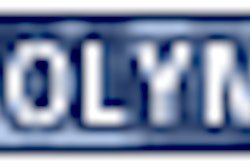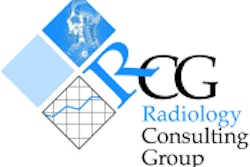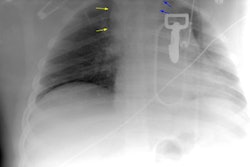A recent survey confirms what many U.S. radiologists have known all along: that they are overworked and too few in number to keep up with the growing volume of images that need to be read.
More than a third of radiologists say they're reading too many diagnostic studies each year, according to a survey released today from U.S. Radiology Partners, a Dallas-based radiology management services firm. The results also suggest that the ongoing shortage of radiologists is diminishing the quality of care they are able to provide.
Mark Bakken, COO of USRP, said there simply aren't enough radiologists available to deal with the number of diagnostic images being generated. As a result, radiologists are reading more studies than they're comfortable with.
The survey was mailed to 2,000 radiologists in 40 U.S. states in December, 2001. By January, 21, 2002, 240 completed responses had been received from solo practitioners as well as radiologists in group practices, USRP said.
Nearly half of the 240 respondents (48%) said their practices have too few radiologists. Half of the respondents read 15,000 or more diagnostic images each year, USRP said. Thirty-five percent said radiologists at their practices were reading more studies than are appropriate, while 54% said the number of studies was appropriate. Just 7% said radiologists at their practices were reading too few studies.
Close to a third of respondents said staffing shortages are diminishing the quality of care they are able to provide, by limiting access to services or by delaying study turnaround times. While the staff shortage is driven in part by a limited supply of new physicians, it is the rising volume of imaging studies that is the real problem, according to Bakken.
"Graduates of medical schools stayed away from radiology in the early to mid-1990s because healthcare experts said managed care was going to put them out of work," he said. "Meanwhile, demand for diagnostic imaging services has exploded."
Nearly 80% of survey respondents saw an increase in imaging volume in their practices over the last fiscal year. Volume was steady in 13% of practices, and declined at only 4% of practices. At the same time, revenue had increased at only 23% of practices, and remained flat at 21%, according to the firm.
PACS is seen as one way of addressing the personnel shortage. Among the responding radiology practices that owned an imaging center, 35% said they had some kind of PACS in place. Among PACS-less practices, 35% are planning to add PACS during the next 12-18 months, USRP said.
In addition, some of the radiology practices surveyed are shifting or redistributing studies out of their practices through teleradiology. If the shortage of radiologists persists, Bakken warned, studies will eventually be sent out of the country to be read by radiologists in Canada, India, and elsewhere.
A free copy of the survey is available from U.S. Radiology Partners (972-929-6633), or online at www.usrp.net.
By Eric Barnes
AuntMinnie.com staff writer
June 19, 2002
Related Reading
Salary survey: U.S. radiologists make hay in southern states, June 10, 2002
Residents shy away from breast imaging, survey shows, April 15, 2002
Overburdened RTs fear for personal, patient safety, March 1, 2002
Radiology job market looks rosy in coming years, October 15, 2001
Copyright © 2002 AuntMinnie.com



















